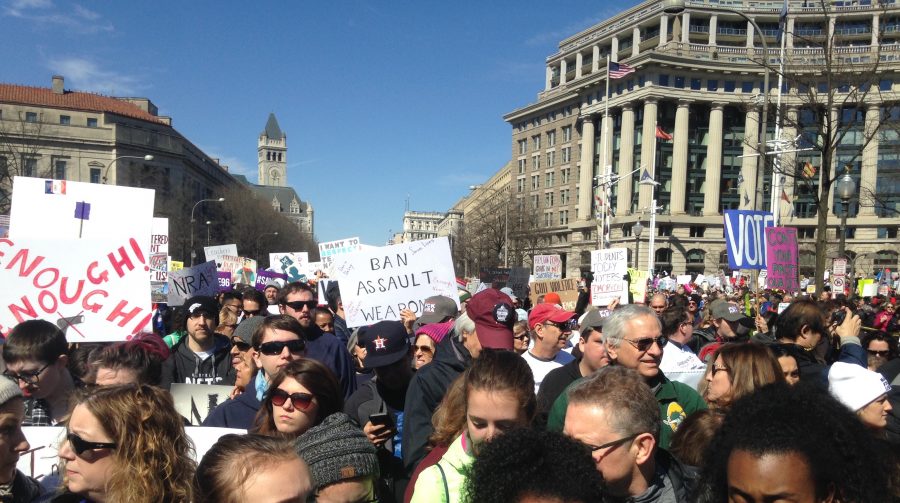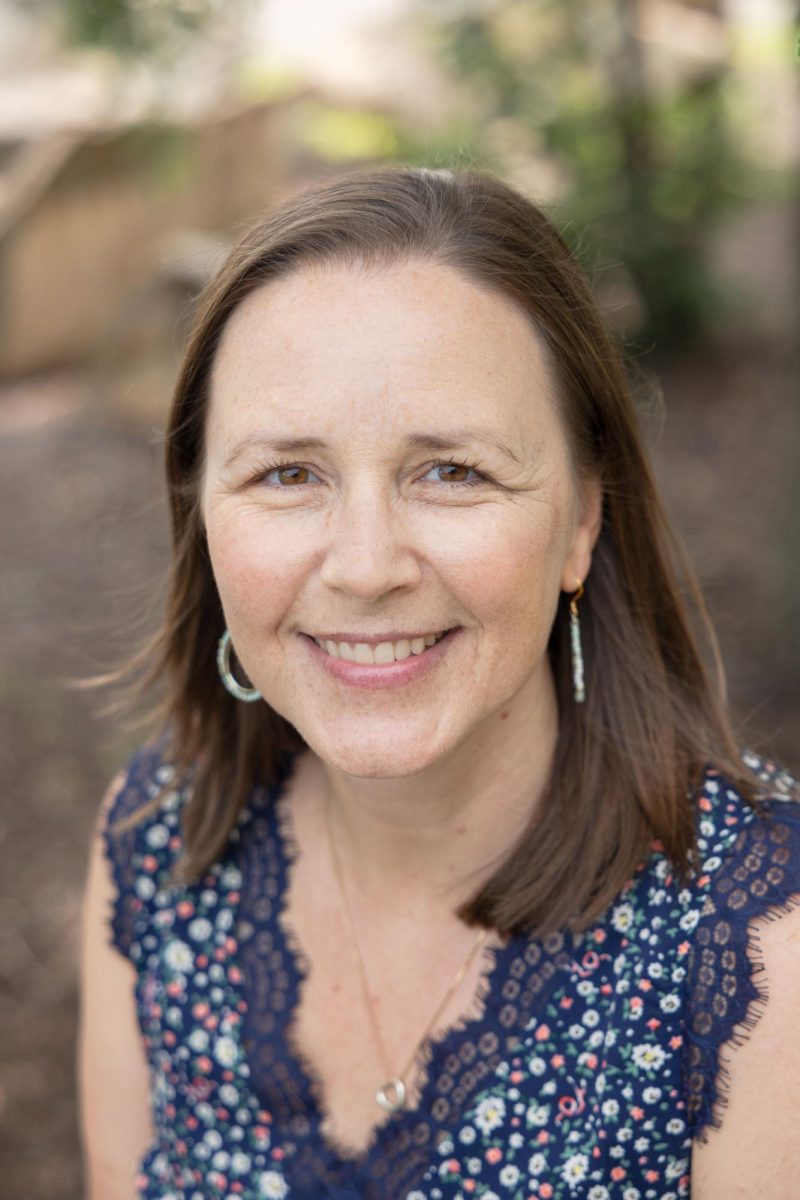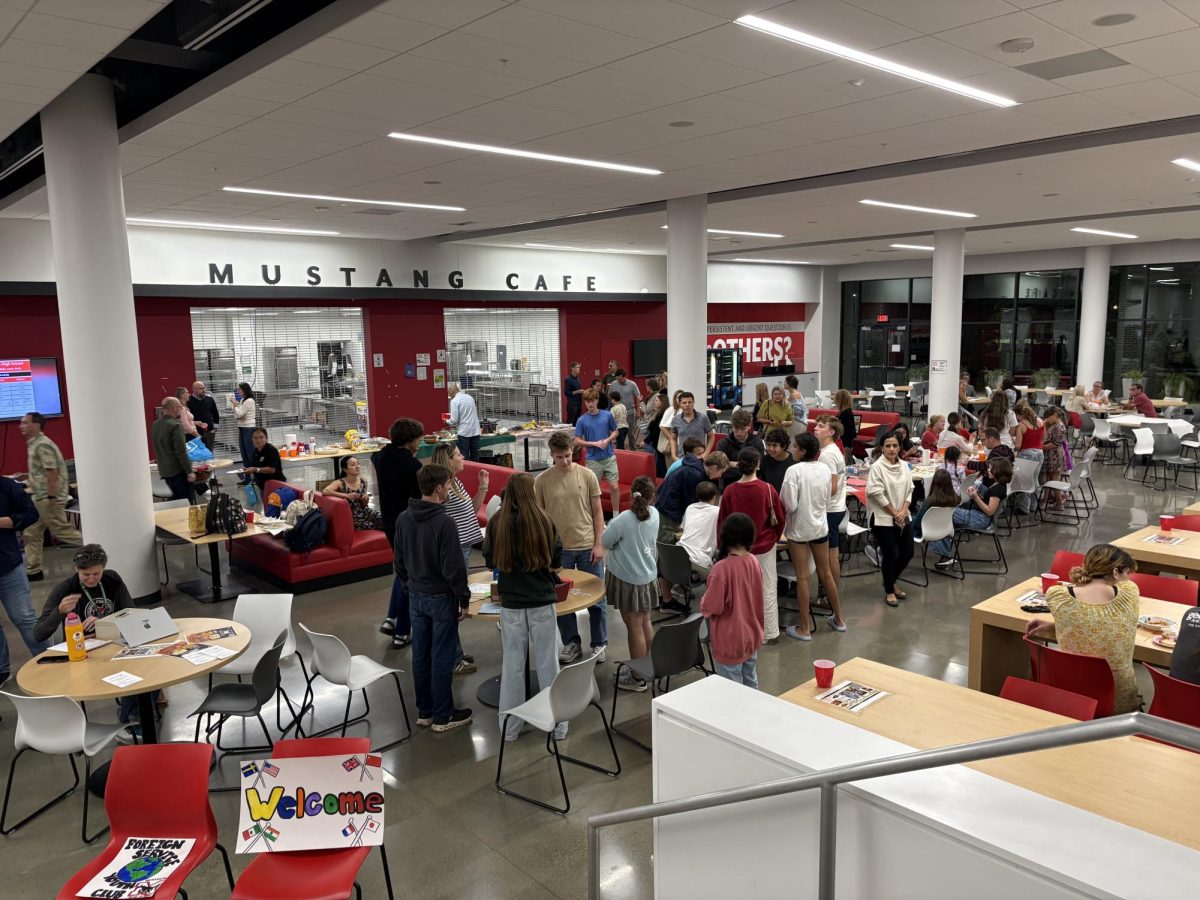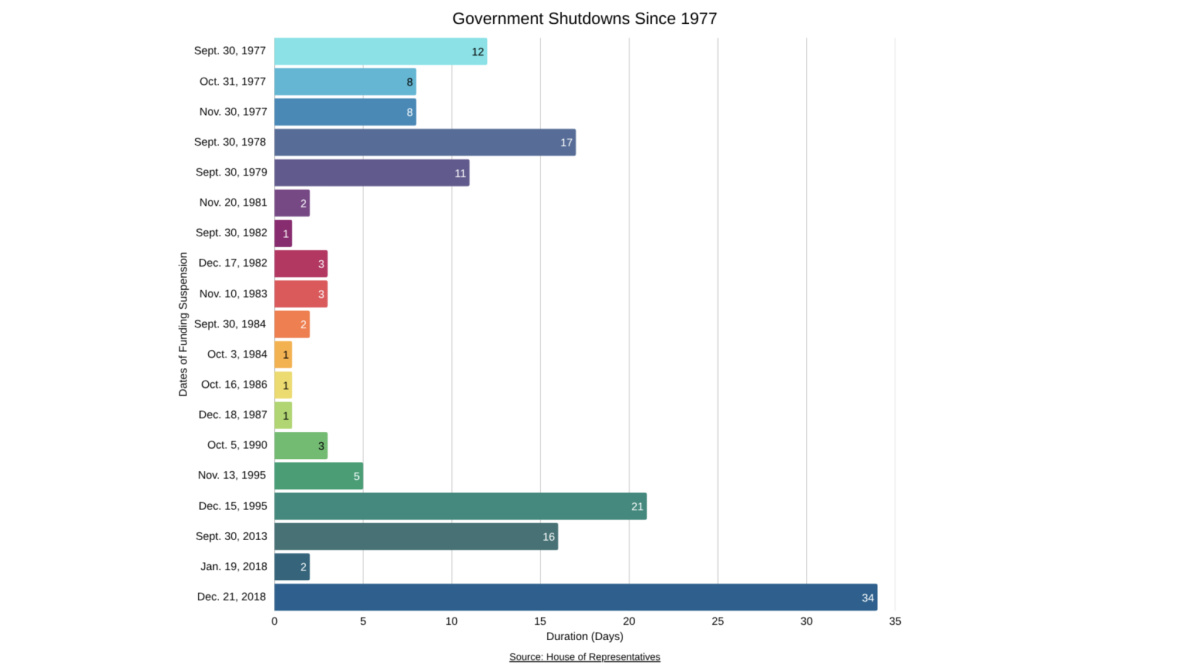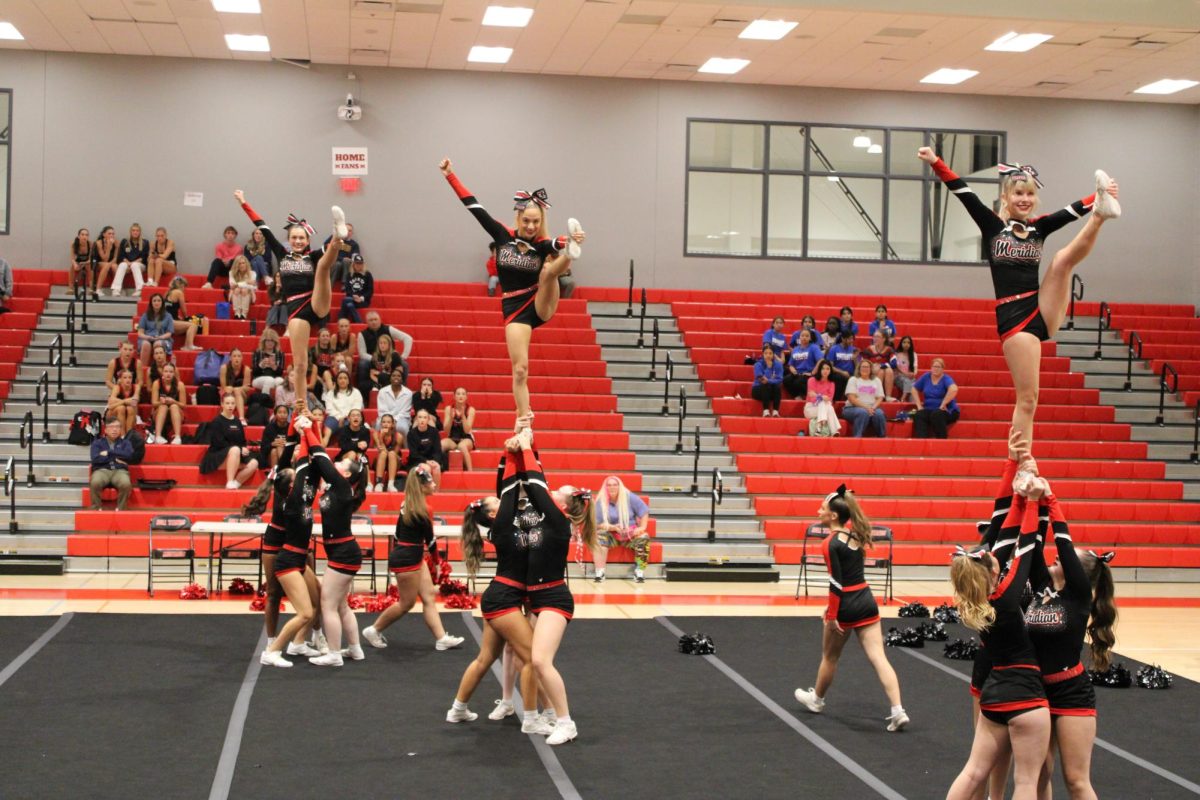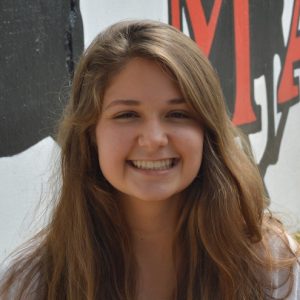Two months ago, a wave of devastation spread from Parkland, Florida that turned into something quite unusual: power. Students all around the country gathered as one to fight against guns. This started the Never Again movement.
Mason was one of 2,500 high schools across the country that participated in a 17 minute long walkout to protest violence and call for tighter gun restrictions. The Students Demand Action Club organized a small vigil along with the walkout.
Junior Savannah Williams helped organize and execute the walkout. “It helped me further my motivation to be more active about the cause,” Williams said.
Here is what Mason looked like on March 14, the day of the walkout.
Ten days later, on March 24, over 800 marches took place all over the world to protest against gun violence as a response to the most recent school shooting at Marjory Stoneman Douglas High School. More than 2 million people participated in marches nationwide, according to Newsweek, and more than 800,000 people demonstrated in Washington D.C. alone, where the main rally was held and organized by anti-gun groups Never Again MSD and Everytown Against Guns.
The rally involved a handful of speeches from high school students, all under the age of 18, from Parkland, Los Angeles, Chicago, and Washington D.C. They spoke about their experiences with gun violence and called on to lawmakers to make a change. Famous singers such as Demi Lovato, Miley Cyrus, Ariana Grande, Andra Day, Lin-Manuel Miranda, and Ben Platt also joined the students and performed for the crowd.
[huge_it_gallery id=”53″]
One of the clearest messages from the speakers and performers was that gun control laws would be changed by the people, through voting. According to HeadCount, more than 4,800 people registered to vote, showing that this event was more than just a march, but a movement.
Sophomore Ciara Curtin participated in the walkout as a speaker and attended the March for Our Lives rally in Washington D.C., “I think we are sending one of the biggest messages ever, and I believe that the walkouts and marches have inspired so many people to create change and be a driving force behind this massive movement, as well as demonstrated the wide-spread support for some form of gun control and for keeping us safe.”
Today marks two months since the tragedy that began the whole movement. We’ve seen overwhelming participation in these demonstrations, but what has this movement accomplished since then?
- Early in March, the U.S. Department of Justice banned bump stocks, firearm accessories that allow automatic fire.
- Florida’s governor raised the age for buying a gun from 18 to 21.
- A few states, such as Florida, Vermont, and Rhode Island, passed laws that allowed law enforcement to confiscate weapons from people who show warning signs of violence.
- Large corporate companies distanced themselves from the NRA.
- More congressional bills are being drafted to create new legislation regarding gun violence, although they are being stalled in the Senate
Curtin thinks that the future of gun restrictions depends on the youth. The students are the ones taking charge and demanding action, she said. Through social media, the power to inform the public and spread awareness is greater than ever. This allows them to create groups to fight against gun violence and continue the movement.
“Students are writing letters to legislators demanding common sense gun legislation. Students are organizing town halls to speak with their representatives. [And] students are going to the polls on November 6th to vote for leaders that will work tirelessly for gun reform and vote out the ones who won’t,” she said.



